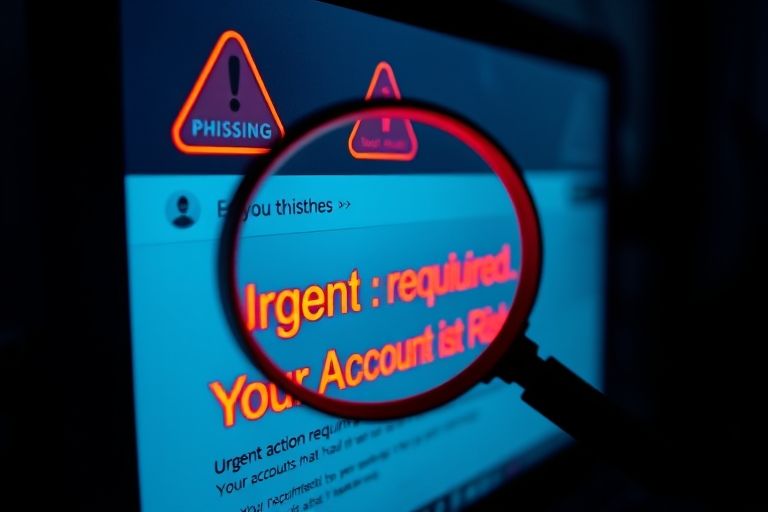Protect Your Personal Information: How to Spot and Avoid Phishing Scams
Phishing scams are becoming more and more sophisticated, making it harder for people to recognize them. These scams aim to steal your personal information such as login credentials, bank details, and credit card information. In this article, we will discuss how to spot and avoid phishing scams.
What is Phishing?
Phishing is a type of online scam where fraudsters try to trick people into providing their personal information by posing as legitimate entities such as banks, social media platforms, and online retailers. They usually do this through email, phone calls, or text messages. The goal of phishing is to steal personal information that can be used for identity theft or financial fraud.
How to Spot Phishing Scams?
Here are some tips to help you spot phishing scams:
- Check the email address: Scammers often use email addresses that look similar to legitimate ones. Check the email address carefully for any misspellings or unusual characters.
- Look for generic greetings: Phishing emails often use generic greetings such as "Dear Customer" instead of your name.
- Check for urgent requests: Scammers often create a sense of urgency to get you to act quickly without thinking. Be wary of emails that ask you to take immediate action.
- Check for spelling and grammar mistakes: Legitimate emails usually have correct spelling and grammar. If you notice any errors, it could be a phishing scam.
- Hover over links: Scammers often include links in their emails that take you to fake websites. Hover over the link to see if the URL matches the one you expect. Don't click on the link if you're not sure.
How to Avoid Phishing Scams?
Here are some steps you can take to avoid phishing scams:
- Use anti-virus software: Make sure you have anti-virus software installed on your computer to protect against phishing attacks.
- Keep your software up-to-date: Keep your operating system and software up-to-date to ensure that you have the latest security patches.
- Use two-factor authentication: Two-factor authentication adds an extra layer of security to your accounts by requiring a second form of identification in addition to your password.
- Be cautious of public Wi-Fi: Public Wi-Fi networks are often not secure, so avoid doing sensitive tasks such as online banking on them.
- Check your accounts regularly: Check your bank and credit card accounts regularly for any unauthorized transactions.
Phishing Scams Statistics and Facts
According to the Anti-Phishing Working Group, there were 266,387 phishing attacks reported in the first quarter of 2021. This represents a 22% increase from the previous quarter. Additionally, 62% of businesses experienced phishing and social engineering attacks in 2020, according to a report by the Ponemon Institute.
Conclusion
Phishing scams are becoming more common and sophisticated, making it important to stay vigilant when it comes to protecting your personal information. By following the tips and steps outlined in this article, you can help protect yourself from phishing scams and keep your personal information safe.
